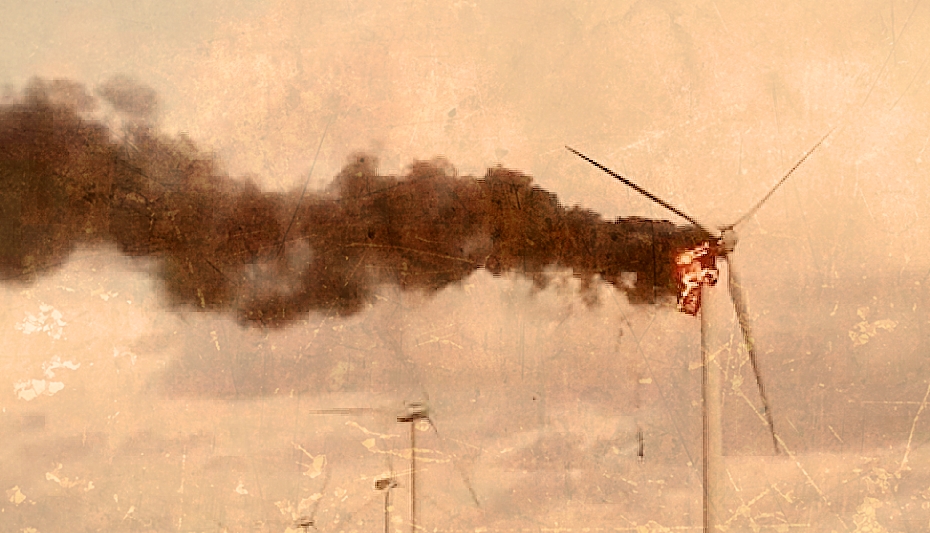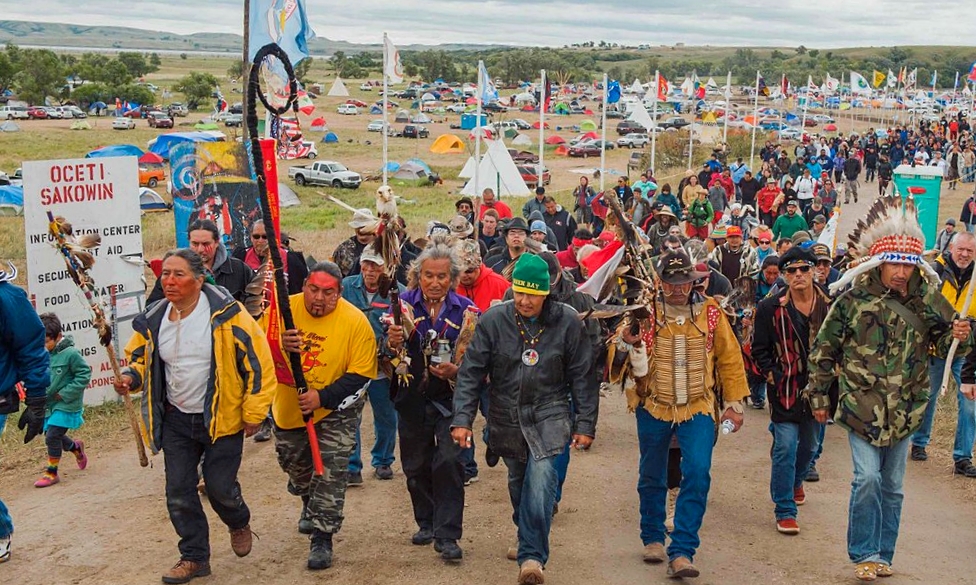Brucellosis is an infectious disease transmittable to cattle, primarily through oral contact with an infected fetus, calf or placenta. The disease causes a near 90 percent abortion rate among young cows, and the small number of calves that do survive are often weak and unlikely to thrive.
David Murray
“Not on my property:” Central Montana ranchers say no to bison
In 2014 the conservation organization, Defenders of Wildlife, commissioned a survey asking registered voters for their opinions on re-establishing bison herds on public lands in Montana. The survey concluded that two-thirds of Montanans support efforts to relocate disease-free bison from Yellowstone National Park to start new herds in other parts of the state.

The same cannot be said for the opinions of a large percentage of the landowners living in areas were bison restoration has been proposed. Among the farm and ranch communities of central Montana, the prospect of large herds of free-roaming bison grazing one fence-line over is viewed as a threat; not only because of the potential damage escaped bison might inflict on ranching and farming operations, but also as a challenge to the region’s economic viability and cultural traditions going back more than 130 years.
“We are a little tired of always being on the receiving end of these preservation schemes that keep cropping up,” said Cleo Boyce, whose ranch borders the Missouri River Breaks National Monument east of Winifred. “Those who want to take our area back to the Pleistocene Era should remember that there are many hard-working rural families that live on the prairie who represent the economic engine that helps sustain many local businesses, including bankers, doctors, lawyers, implement dealers, farm suppliers, movie theatres, grocery stores and, yes, even funeral homes.”
On March 7, 2017, after several months of planning, 133 property owners in northern Fergus County signed a “negative easement” prohibiting either wild, free-roaming or domestic bison from occupying their deeded acreages for the next 20 years. This bison ban has now been applied to more than 200,000 acres, a geographic area larger than Oregon’s Crater Lake National Park.
“Landowners are just plain fed up with wild bison proponents of every stripe who want to turn bison loose on the prairie,” explained Ron Poertner, a Winifred resident who has closely tracked land and wildlife conservation efforts in the area for several decades. “Over the years, we’ve seen a number of bison incentives out here, from the Department of Interior to the CMR (Charles M. Russell National Wildlife Refuge), to the Montana Department of Fish and Wildlife and the American Prairie Reserve.”
“They all kind of have an agenda to put bison back on the prairie, even though the landowners are telling them, ‘cows and bison just don’t mix.’” Poertner added. “The only people we seem to hear from are those saying, ‘We want to restore the species.’ We don’t see any help coming from anywhere, so landowners have just decided we’ve got to take this mission on ourselves to try and protect our communities. We’re doing what we think is necessary to keep our culture and history and economics intact here. It’s to protect their viewpoint of what it takes to make a living in this country.”
None of the participating landowners were legally obligated to accept bison onto their property before the negative easement was drafted, and the document carries no authority to block adjoining landowners from bringing bison onto their deeded acres if that property is not specifically included within the easement’s language.
What the document does accomplish is to place a ban on bison within a patchwork of land stretching across the entire northern tier of Fergus County, beginning north of Denton, arcing over Winifred and crossing over to an area north of Roy. That prohibition will continue on until at least 2037, even if the properties are sold to third-party buyers who are not opposed to the introduction of bison.
“The easement goes beyond just talking; it puts meat on the bone and represents a legally binding means to put bison off limits on a significant portion of north Fergus County,” Poertner said. This says we don’t care who owns it. You’re certainly welcome to buy and sell it, but for 20 years you cannot put bison on this property – wild, domestic or whatever. Any form of bison would be precluded by this easement.”
“It communicates to people who may be interested in putting bison on a property, you may have to look to a different area,” he added.
After 20 years, property owners will have the option of renewing their negative easement or reenrolling it.
The property owners’ motivation for drafting the negative easement is more detailed than just a visceral dislike of bison.
According to a draft environmental impact statement drafted in 2014 by Montana Fish, Wildlife and Parks, “within Montana, the wild bison of YNP (Yellowstone National Park) are considered to be chronically infected with brucellosis.”
Brucellosis is an infectious disease transmittable to cattle, primarily through oral contact with an infected fetus, calf or placenta. The disease causes a near 90 percent abortion rate among young cows, and the small number of calves that do survive are often weak and unlikely to thrive.
By law, Yellowstone bison transplanted to other areas must be quarantined for as long as two years with no positive tests for brucellosis before being released into any pasture where the possibility may exist for them to come into contact with other livestock. However, these measures offer scant reassurance to central Montana ranchers trying to protect their herds from a devastating disease.
Another major issue for ranchers is that the withdrawal of large areas from agricultural production in order to provide range for bison would have a negative impact on the region’s entire economy. During earlier wild land conservation efforts, the communities of central Montana were assured that an increase in recreation and eco-tourism would offset any losses because of decreased production of beef, wheat and hay. According to Poertner, those promises have largely been unmet.
“Central Montana has really been in the crosshairs of so many things,” Poertner said. “Out here we’ve got this wild and scenic river that came in (149 miles of the upper Missouri River, est. 1976), and then the monument came in (495,502 acres est. 2001). We butt up against the CMR (Charles M. Russell National Wildlife Refuge, 1.1 million acres) and Phillips County is just around the corner (home of the American Prairie Reserve, which owns or leases 305,000 acres of deeded and public land). We’ve got wilderness study areas, and they’re doing this wild land inventory for stuff that’s managed almost like wilderness. It’s just one thing after another, and the landowners have just said, ‘Hey look, we’ve got to start making a case to keep our livelihoods and our economy going in this area going.’
“The days of the free-roaming buffalo are over as far as the landowners here are concerned,” he added. “The west is not the same as it was 100 years ago. There’s people here, there’s farm ground, there’s communities now too. The world has moved on. It’s the modern world now, its not something that existed 200 years ago, and there’s plenty of bison for people to enjoy and look at the National Bison Range in Moiese and Yellowstone National Park.
“If the Indian Reservations want to bring them back on their property, keep them fenced and well managed, that’s fine. We have no problem with that. And anybody who wants to raise buffalo – we have no problem with that as long as they keep them fenced and manage them according to the rules. Nobody’s got a problem with that. Landowners are just looking for some means to say, not here, not on my property.”




Great Article!!! 😉